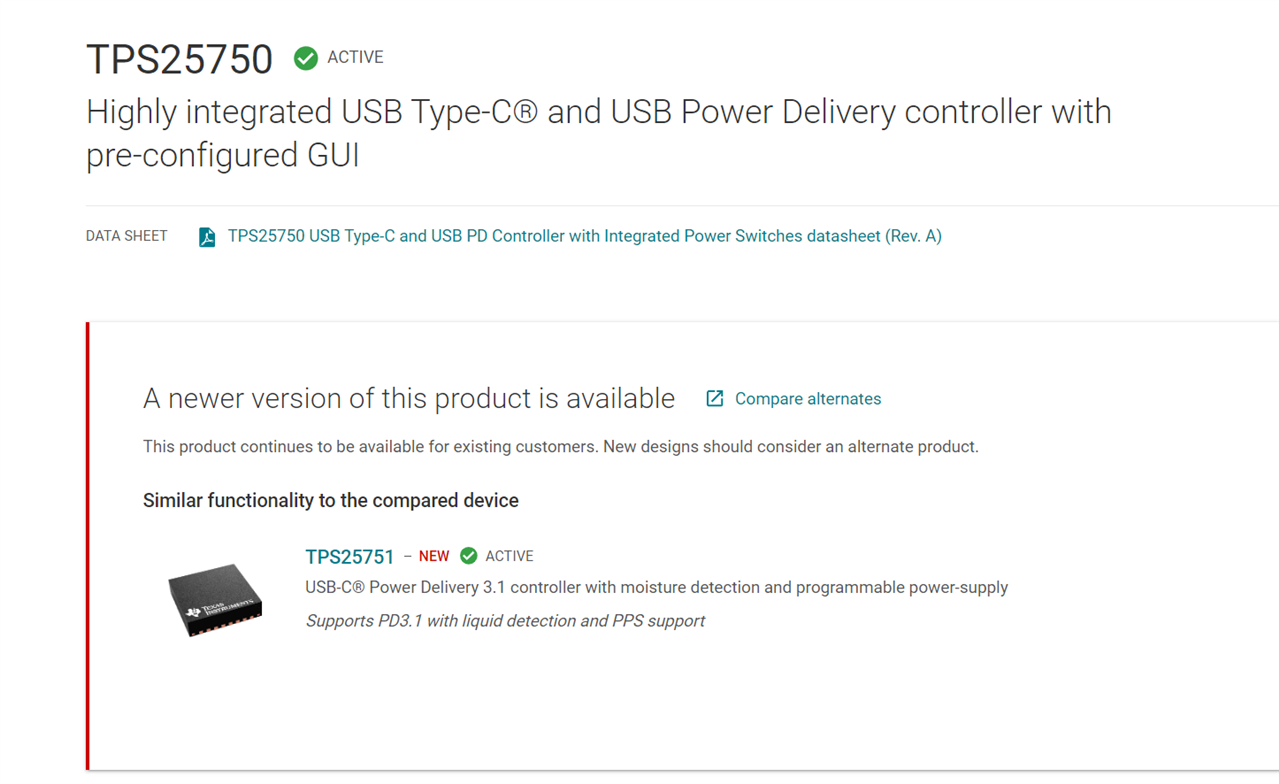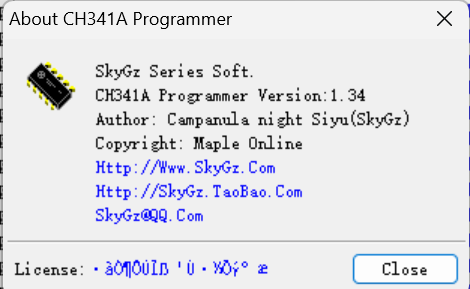Other Parts Discussed in Thread: USB2ANY, BQ25798BKUPEVM, TI-CHARGER-GUI, TPS25750, BQ25798, TPS25750EVM, TPS25751, TPS25751EVM, BQ25798EVM, EK-TM4C123GXL, TM4C123GH6PM
Tool/software:
Can you update the USB-PD-CHG-EVM-01 to actually reflect what is needed to use the EVM? For example:
1) One of the two is required for operation:
1a) That the TotalPhase Aardvark Programmer is not included.
1b) List a "SOIC8 SOP8 Flash Chip IC Test Clips Socket Adapter Programmer BIOS + CH341A 24 25 Series for EEPROM Flash BIOS USB Programmer Module" as a compatible programmer? The following has been linked in other forum posts as an option (however, do I need the Dual or the Single version?): https://www.amazon.com/gp/product/B07R8S8V4H The difference between dual and single is the circled board in this picture:
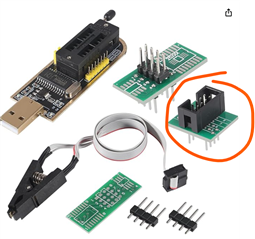
2) When I bought the EVM, I bought the USB2ANY expecting that it would actually be useful and allow me to program things. It seems logical to expect this, although a deep read of the guide says "Aardvark" or "TIVA if a custom PCB is made and included".
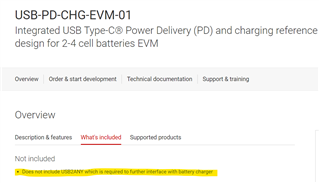
Looking at the BQ25798BKUPEVM it states what is required to operate the device.
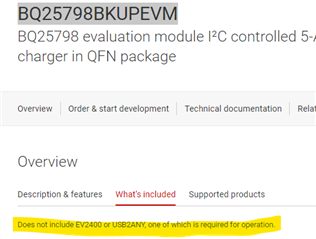
3) What the USB2ANY can actually be used to do? Why should somebody purchase it? It can't do a full firmware flash to the BQ25798 (That seems to be on the Aardvark adapter/"Socket Adapter Programmer" linked above. It is connected to the TPS25750D but according to all the forums I read, the TPS25750 Application Customization Tool doesn't support it, and the TI-CHARGER-GUI that utilizes the USB2ANY only supports the battery charger devices (BQ****) however, the USB2ANY isn't connected to the BQ Device (Only Aardvark)
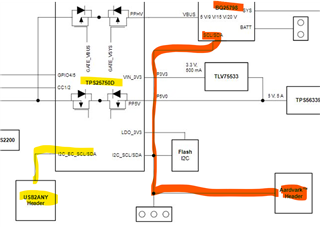
It seems that the USB2ANY header COULD be used to program the FLASH I2C through the TPS25750D, and might be the intention for future use avoiding the Aardvark connector??? Or maybe create a TIVA dongle that can program the system directly from the TPS25750 Application Customization Tool??
Thanks for your time, I am hoping my pain will help others make better decisions about what to buy to properly evaluate the chipsets!





